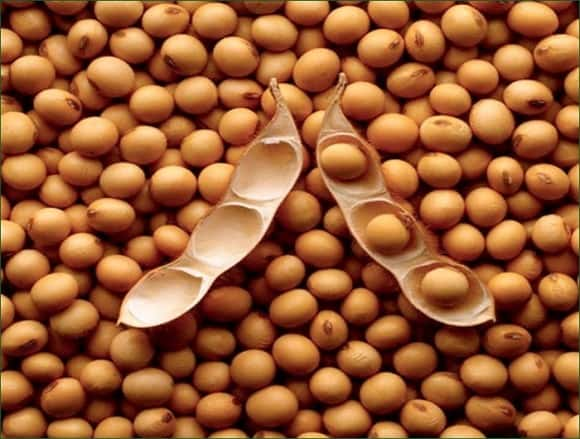
(NAFB) – The latest World Agricultural Supply and Demand Estimates report from USDA continues to show a strong pricing environment for U.S. soybean farmers.
Mac Marshall, United Soybean Board and U.S. Soybean Export Council Vice President of Market Intelligence, says the South American crop continues to get smaller, creating more demand opportunity for U.S. soybean farmers.
“We know that the drought has been very impactful. We’ve seen reductions in production across Brazil, Argentina and Paraguay for several months now and that pattern continued again, where you had Brazilian crop cut by 7 million tons to 127, one and a half million shaved off of Argentina, and Paraguay down another million tons to 5.3, about half of what the projected production for Paraguay was in December. You put that all together, and you look at the total crop size that was expected in December, it shaved off nearly 28 million metric tons. To put that in the U.S. context, that’s over a billion bushels. That’s like, if in the U.S., we got no production out of our top producer in Illinois and no production out of Minnesota, which is our number three producer.”
Marshall says soybean markets are following the crop in South America closely.
“So, you’ve seen the palpable market response and certainly the buildup in prices over the last couple months continuing that trend, and even local market observers out of Brazil are pegging that crop to be even smaller than what we have in USDA. So, you know the adage big crops get bigger, but this year at least for South America, we’re seeing small crops get smaller.”
Marshall says other factors globally are helping to create a strong pricing environment for U.S. soybean farmers.
“Certainly, Indonesia curbing its exports of palm oil, that’s having a pretty palpable effect on vegetable oil markets globally, and as that kind of factoring into the values for soybean oil, vegetable oils as a whole, that’s also helping contribute to the enterprise run up in whole soybean values. So, as farmers are making their last planting decisions over these next couple of weeks, we’re certainly in a very, very strong pricing environment.”
